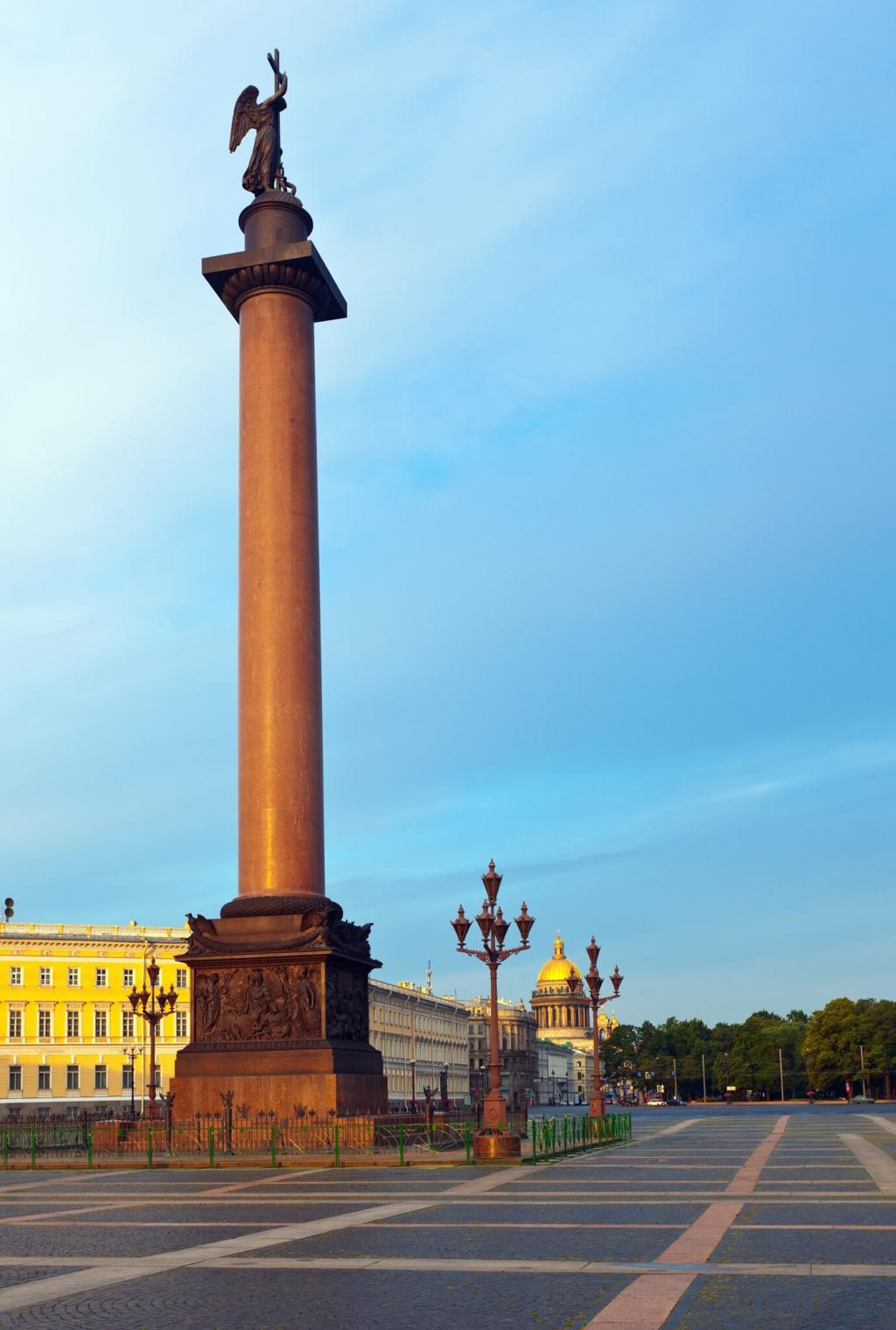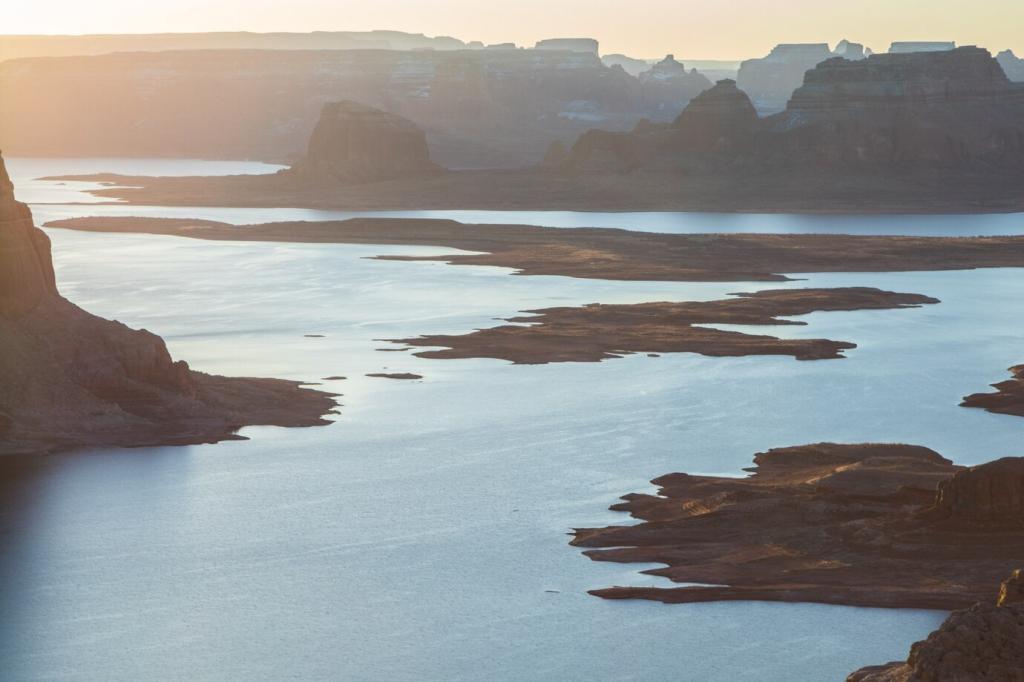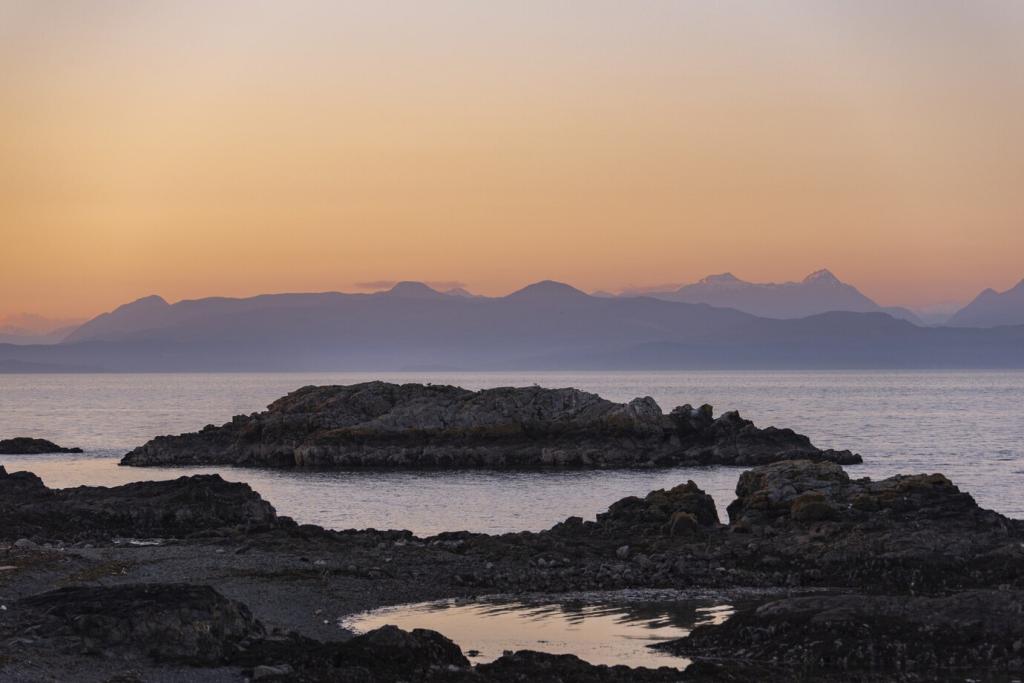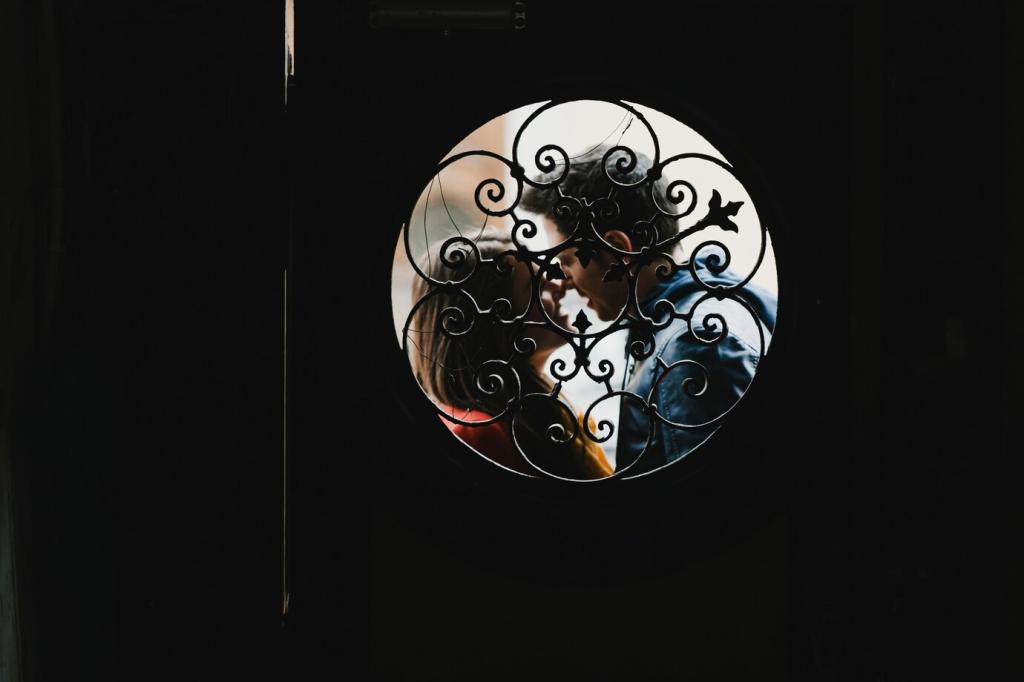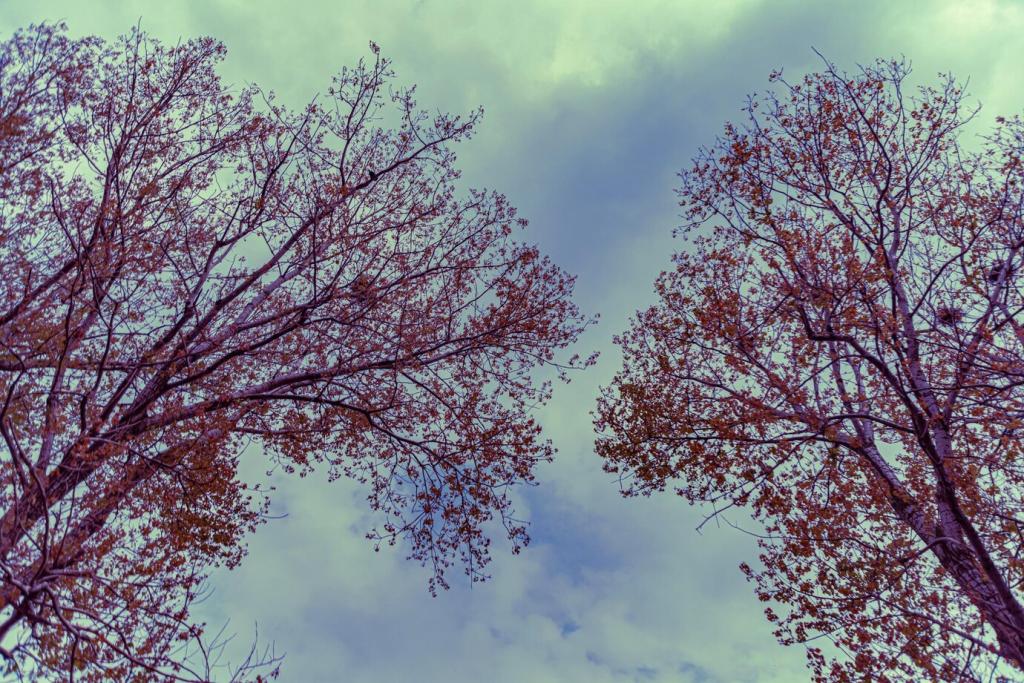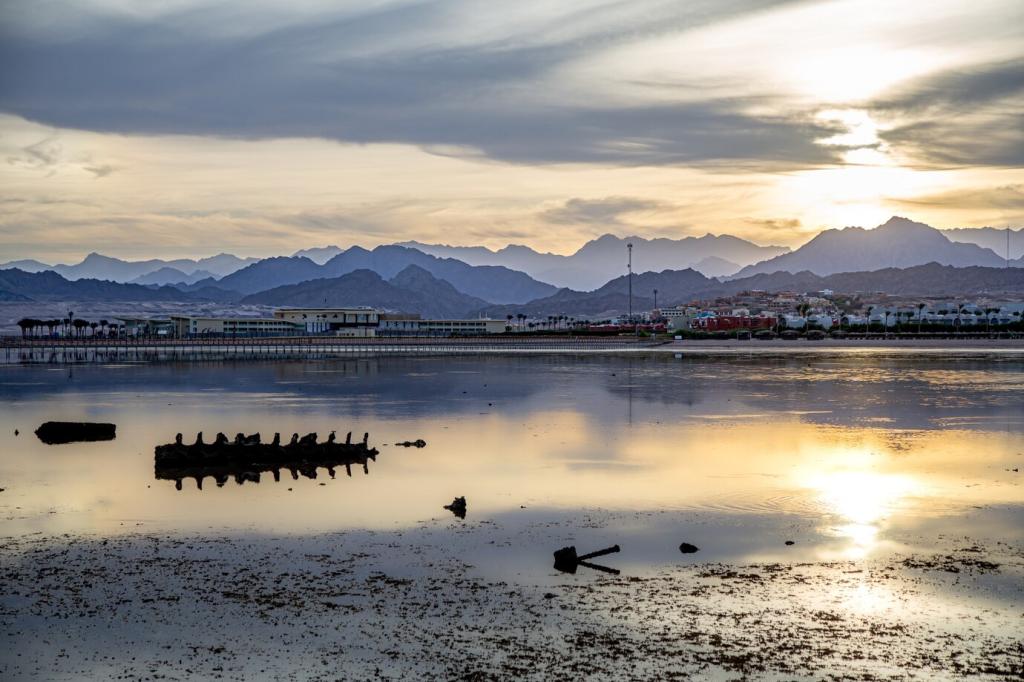Impressionism to Post‑Impressionism: Light Unbound
Monet painted haystacks and cathedrals repeatedly, chasing temporal light like a scientist of color. These serial studies suggest time is as visible as stone. Which place have you watched across seasons? Share your observations and subscribe for field-note prompts.
Impressionism to Post‑Impressionism: Light Unbound
With Mont Sainte‑Victoire, Cézanne stacked planes and hues like architecture, influencing Cubism’s future. His landscapes feel built, not merely seen. Try sketching your horizon as shapes and temperatures—then tell us what shifted in your perception.

